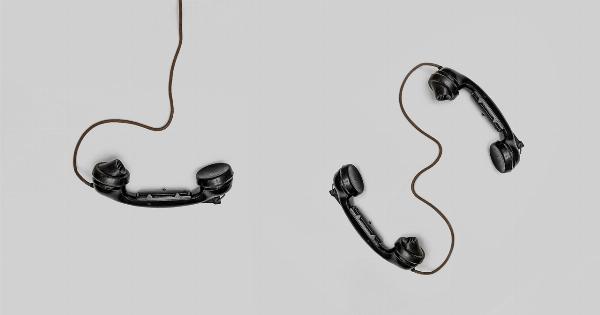Cutting the umbilical cord is a momentous occasion in childbirth where the baby is finally separated from the mother’s body. As one of the most important procedures in childbirth, it is imperative to understand how to do it properly.
This article will provide you with expert advice on how to cut the umbilical cord.
What is the umbilical cord?
The umbilical cord is a flexible tube-like structure that connects the mother’s placenta to the baby’s umbilicus. It is through this structure that the baby receives oxygen and nutrients from the mother’s blood supply.
When is the ideal time to cut the umbilical cord?
The ideal time to cut the umbilical cord varies from delivery to delivery. Most physicians recommend waiting until the cord stops pulsating. This ensures that the baby has received enough oxygenated blood before the cord is clamped and cut.
Typically, this will happen around one to three minutes after birth.
Who should cut the umbilical cord?
Traditionally, the father or another family member was the one who cut the umbilical cord. However, nowadays, many hospitals allow the mother to cut it if she desires.
Who you choose to cut the umbilical cord is a personal preference, and there is no right or wrong answer. Ultimately, it should be someone who is comfortable doing it and can handle the responsibility.
How to cut the umbilical cord safely?
When cutting the umbilical cord, it is essential to do it correctly to minimize the risk of infection and injury. Follow these steps to ensure a safe and successful procedure.
Step 1: Prepare
Before you begin, make sure you have all of the necessary items. These include sterile scissors, clamps, and antiseptic to clean the umbilical cord area. Ensure that you are in a well-lit area, and the baby is in a comfortable position.
Step 2: Clamp the cord
Take a sterile clamp and place it around the umbilical cord, approximately 1-2 inches from the baby’s belly button. This prevents bleeding and stops bacteria from entering the cord.
Repeat this process a few centimetres below the initial clamp, leaving a gap between the two.
Step 3: Cut the cord
Once clamped, take the sterile scissors and cut the umbilical cord between the two clamps. Hold the scissors steady and cut in one swift motion. The length of the cord will vary, but typically it is 1-2 inches long.
Step 4: Antiseptic
Once you have cut the umbilical cord, use antiseptic to clean the area. Wipe away any blood or bodily fluids to prevent infection from occurring.
Step 5: Dispose of the cord
The umbilical cord is considered medical waste and should be disposed of properly. The hospital will take care of this as part of their standard protocol.
Potential problems
Cutting the umbilical cord is a straightforward procedure. However, there are some potential complications that can occur. These include:.
- Hemorrhage: Cutting the umbilical cord too close to the baby’s belly button can result in bleeding. If this happens, apply firm pressure or use an additional clamp to stop the bleeding.
- Infection: When cutting the umbilical cord, ensure that you use sterile equipment and clean the area with antiseptic afterward to prevent infection.
- Cord prolapse: In rare cases, the umbilical cord can become trapped against the baby’s body during delivery, causing the baby’s oxygen supply to be cut off. This is an emergency and requires immediate medical attention.
Conclusion
Cutting the umbilical cord is an essential part of childbirth. It is a simple and safe procedure if done correctly. Remember to follow the steps outlined in this article and seek medical attention if any complications arise.
With proper safety measures in place, cutting the umbilical cord can be a moment of triumph and joy that you will cherish forever.




























